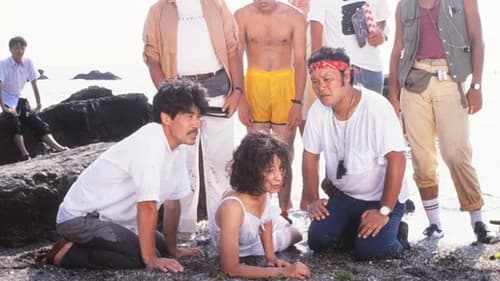
The melodramatic story of a pink crew’s tragi-comedic adventures on location. A fictionalized adaptation of set photographer Ichiro Tsuda's 1980 book The Location (Za Rokēshon), an illustrated 229-page document about the cameraman’s experiences with pink cast and crew on the sets of several films produced in the late 1970's.
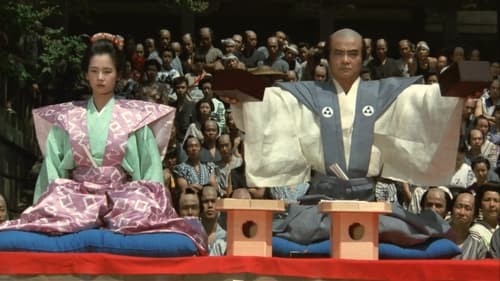
Jidaigeki de corte biográfico sobre Hokusai (1760-1849), pintor famoso por sus ukiyo-e (grabados a color japoneses que estuvieron de moda entre los siglos XVII y XIX). La película muestra la rivalidad de Hokusai con Utamaro, otro de los grandes artistas de la época, el esfuerzo de Hokusai para realizar las "36 visiones del monte Fuji", una de sus obras más conocidas, y su obsesión por pasar a la posteridad no por su obra paisajística, sino por ser capaz de plasmar en el papel la pasión femenina, para lo cual, y de la mano de su modelo favorita Onao, emprende la ejecución de su obra maestra: "El sueño de la mujer del pescador".
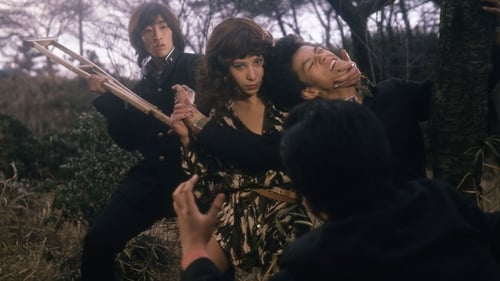
The Principal
Mejika, a pretty Eurasian woman, is hired as a biology teacher at a renowned high school. She is reputed for her iron discipline. But the extremely provocative attitude of Mejika ends up worrying the school's administration. The young woman then sows trouble by revealing the cases of vice and corruption that are legion in this school...
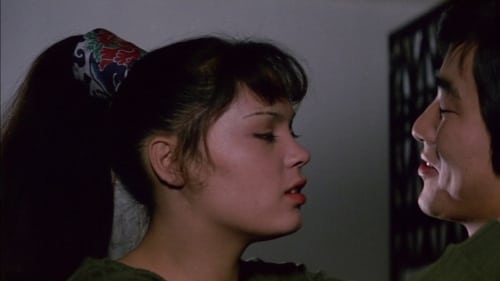
Ichikawa
First film of a trilogy following the dramatic life of Rika, a half-Japanese/half-American woman who becomes the tough-as-nails leader of an all-girl crime gang.

Yorimichi (voice)
Tobimaru is the young emperor of Japan. He meets a mysterious woman named Tomamo. After successfully seducing Tobimaru, she brings great misfortune onto the land. Tobimaru soon discovers that Tomamo is actually a kitsune, and now has the task to unmask and kill her to save his land.
(currently a lost media)

Japanese "kayo" film centered around the song "Namida ni naritai" by Teruhiko Saigo.

Shigeki
In 1943, the Aleutian island of Kiska was fortified by a small contingent of Japanese soldiers. When word arrived of an impending attack by an overwhelming force of Americans, the Japanese Navy attempted one of the most daring and unlikely evacuations in military history. This is that story.
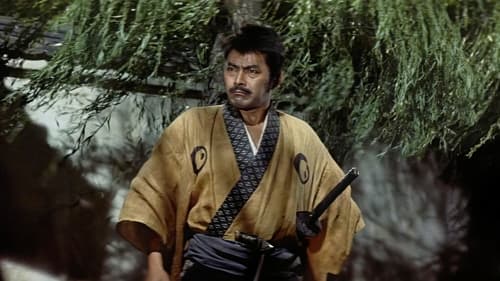
Esta impresionante historia épica ha sido a veces etiquetada como la versión japonesa de "Lo Que El Viento Se Llevó". Chusha Ichikawa personifica a un señor feudal poderoso y despiadado que lucha contra el virtuoso y joven noble, Yuzo Kayama. Ichikawa encuentra una victoria parcial cuando engaña a Kayama y lo convence de hacerse el Hara Kiri. La venganza será realizada por los cuarenta y siete samuráis de Kayama. Basada en una leyenda japonesa venerable, la historia de Chushingura ha sido filmada en varias ocasiones, pero sólo la versión de 1941 (47 Ronin) estuvo a la altura de la versión de 1962, del gran director Hiroshi Inagaki.
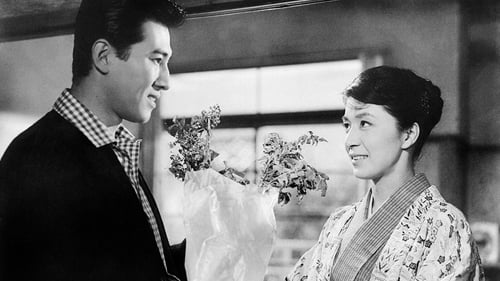
Drama sobre la vida de cinco hijas y la hijastra del dueño de una tienda.

Ikeda (a student)
A woman and her daughter are in love with the same man, a chef at the restaurant that the mother manages. He is slightly crippled from frostbite in his years in Siberian labor camps and considers himself "already dead."

Episodic, globe-trotting quasi-mondo focused on women of the East.

Story of young love in the hills.
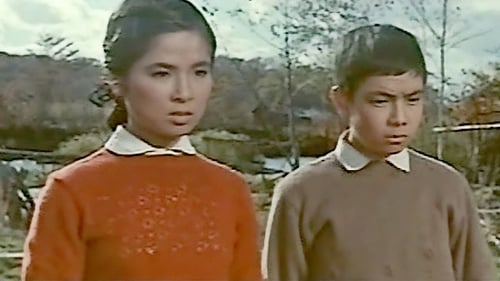
The story is about the social problems faced by Japan's indigenous Ainu, mostly centered on the reactions of the characters to their oppressed state.
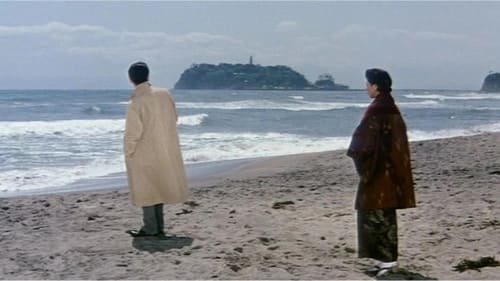
A war widow with a young boy manages a farm with her bossy mother-in-law. When a reporter comes to interview her, the two begin an affair. He turns out to be married and won't leave his wife. Her older brother tries to marry off his children and hang on to/ extend his farm through an advantageous marriage in the face of threatened land confiscation and the desire of his children to get comfortable urban jobs instead of the backbreaking work in the paddy fields under parental control.

An Ishiro Honda film.

In the Tokugawa Era, the clan of Lord Yagyu has hidden away three scrolls containing clan secrets which, if revealed, would cause revolution and disaster for the clan. The information is divided among the three scrolls, all of which must be possessed for the secrets to be understood. When Princess Yuhime steals the scrolls, Tasaburo, a samurai with magical powers, and his brother Senshiro are sent to retrieve them.

With one of the busiest film industries in the world, Japan was able to submit several films into competition at the 1957 Berlin Film Festival. One of the best of these was Arashi, directed by Hiroshi Inagaki of Rickshaw Man fame. Anticipating Hollywood's Table for Five by nearly a quarter of a century, the film concerns the efforts by a recently widowed high-school teacher to raise his four children alone. Chihu Ryu is terrific as the central character, while Izumi Yukimura is even better as Ryu's eldest daughter. For reasons unknown, Arashi is often omitted from "official" lists of Inagaki's films.











